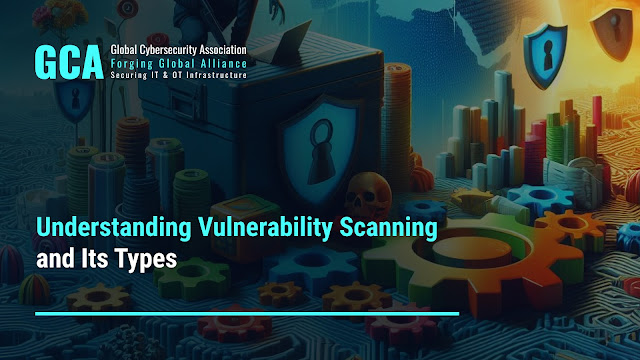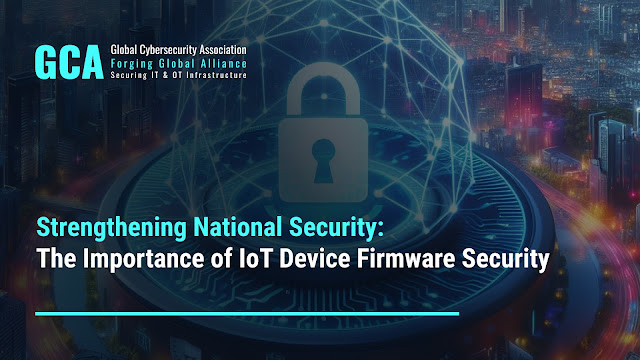Understanding Vulnerability Scanning and Its Types

In the ever-expanding frontier of cybersecurity, the proactive identification and mitigation of vulnerabilities stand as crucial pillars of defense. Vulnerability scanning , a cornerstone practice in cybersecurity, empowers organizations to systematically assess their digital landscapes for potential weaknesses. As the Global Cybersecurity Association (GCA) commemorates another year of cyber resilience, this blog unravels the definition and types of vulnerability scanning, shedding light on their significance in fortifying our digital fortresses. Defining Vulnerability Scanning Vulnerability scanning is a systematic process that involves the use of automated tools to identify potential security vulnerabilities within a network, system, or application. The primary goal is to proactively discover weaknesses before malicious actors can exploit them. This proactive approach allows organizations to address vulnerabilities promptly, reducing the risk of cyber attacks and data breaches. Types...






%20Enhance%20Security.jpg)
